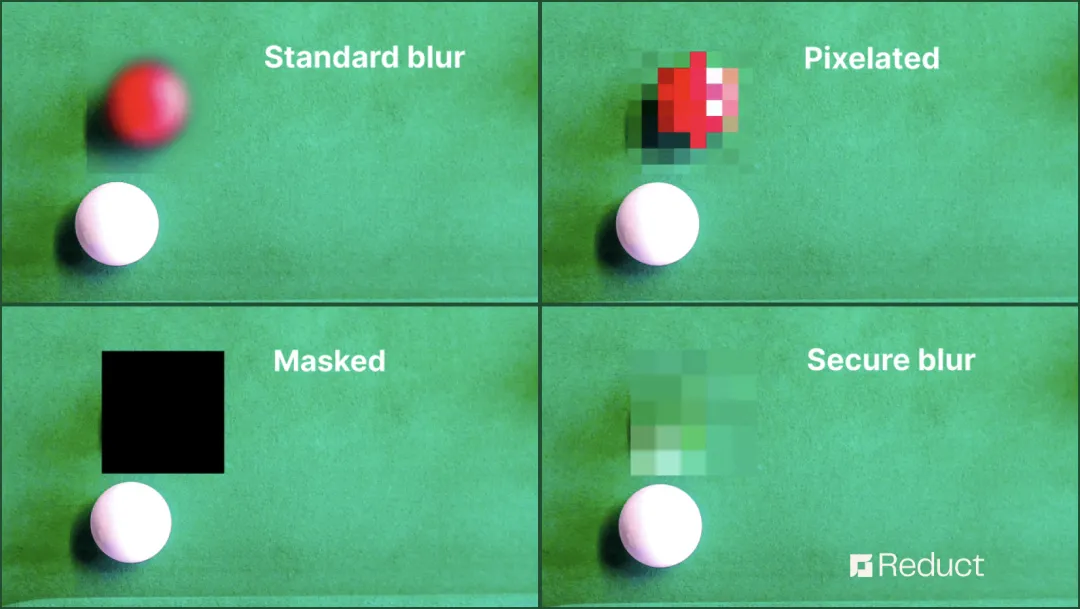4 Things to Avoid When Redacting Your Documents
June 2023
·
3 min read
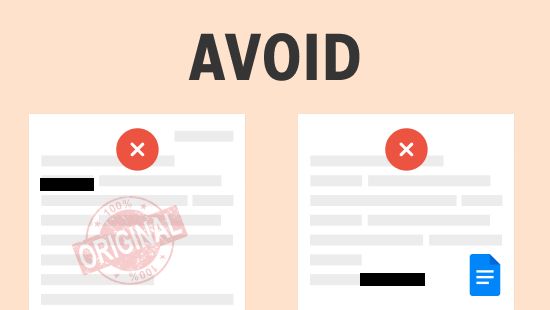
Sharing documents goes beyond a simple attachment and email. It requires a careful approach due to the presence of sensitive or confidential information that must not be exposed to unauthorized individuals.
This is where document redaction comes into play—a method that involves skillfully concealing or removing sensitive information from a document while maintaining its integrity and comprehensibility.
"The primary objective of redacting documents is to safeguard the privacy of individuals by protecting confidential data."
Read More: Why redact Personally Identifiable Information?
In this blog post, we will explore the four crucial factors to avoid while redacting documents.
Key Factors to Consider Before Redacting Documents
1. Do Not Redact Originals
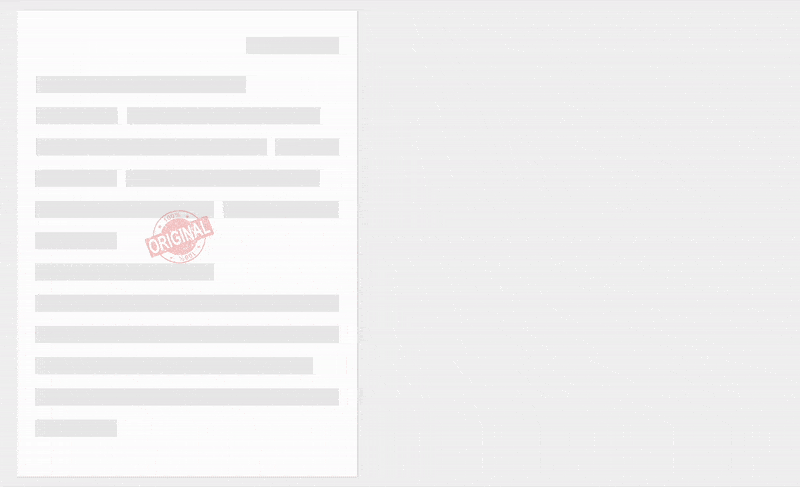
Maintain a backup of the unredacted document to mitigate the risk of data corruption or loss. It may be impossible to recover or restore redacted information, depending on the tool and process you implement.
The original document ensures the availability of necessary information if unintended information gets permanently redacted, ensuring transparency, accuracy, and integrity in document handling.
2. Graphic Redactions Aren’t Truly Hidden
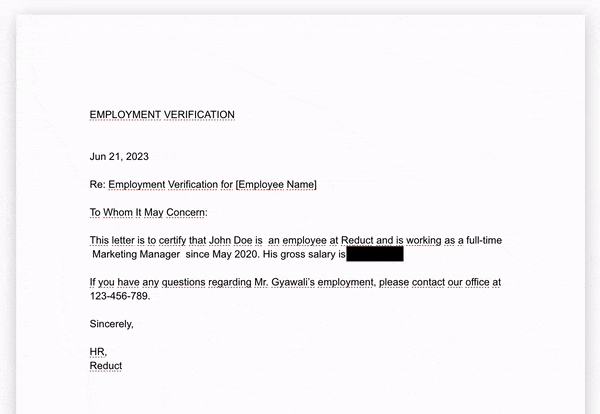
Using drawing and markup tools is one of the most common errors others make when redacting documents.
If you use such tools, you leave the document open for someone to retrieve the information as redaction from these tools is easier to remove.
In 2021, the European Commission released a PDF document that contained a contract given to AstraZeneca, a pharmaceutical company, for supplying a specific number of COVID-19 vaccine doses.
Unfortunately, the person responsible for redacting the document made an oversight and forgot to remove the details from the PDF bookmarks.
As a result, a significant portion of the document became visible. Anyone with Adobe Acrobat Reader could easily access the concealed content by using the bookmark feature.
3. Avoid simple text manipulation
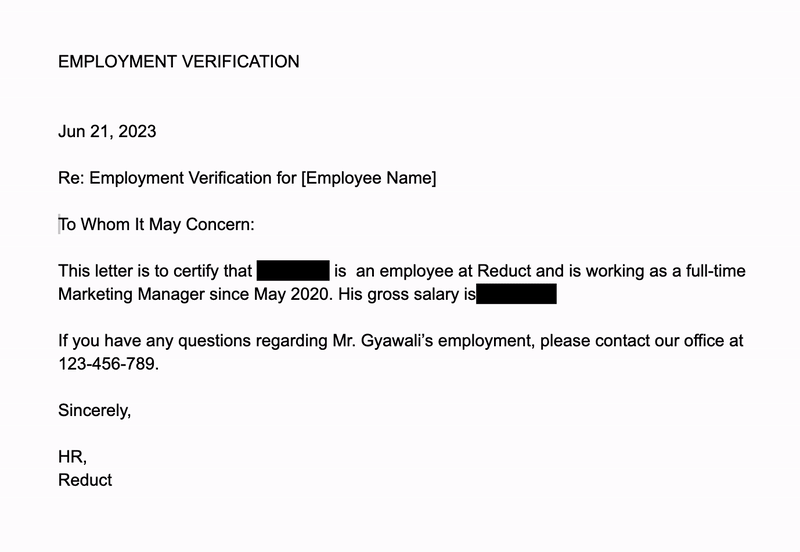
In a rush to turn some documents over, your team "redacts" an array of documents — by changing font colors or otherwise trying to obscure the information.
These efforts are all in vain, though, as it's a trivial matter for a savvy user to undo all of these superficial fixes.
Unless a redaction eliminates the sensitive data, your recipient might recover it. Consider converting your document into a PDF format so you can use redaction tools directly on the document.
Even if your recipient converts the file back to a Word document after the fact, they won't find anything hidden underneath the redactions. Avoid taking paths that look "easier" but indeed represent security risks.
4. Avoid sharing documents with reversible history.

One good approach to protect sensitive information is by removing them entirely. You can quickly find names or other PII (Personally Identifiable Information) by searching for them. Press Ctrl + F, type in the PII & replace it with and empty quotation mark ("") to remove them all at once.
However, when you share your documents with others, it is crucial to find out if the shared document preserves version history and if it can be reverted to a previous version.
Online tools like Google Docs make it super easy for all the editors to revert the documents to a previously edited state.
Downloading the redacted document as pdf and sharing it with relevant stakeholders will ensure the protection of the redacted information.
TL;DR
It is crucial to follow best practicles when it comes to redacting sensitive imformation. Use this as a checklist on things to avoid while redacting documents:
❌ Don't redact original documents.
❌ Don't hide text by changing the highlight color of the text to black.
❌ Don't just change the font color to background color.
❌ Don't just add graphical elements above the sensitive text.
❌ Don't share docs with reversible history.
Although there are various ways and tools to redact information, it not always obvious to select a tool and a process optimal for your needs.
Reduct offers an efficient solution to redact information from audio, video and transcript, with no prior experience with redaction.
Try Reduct today and experience it for yourself.

